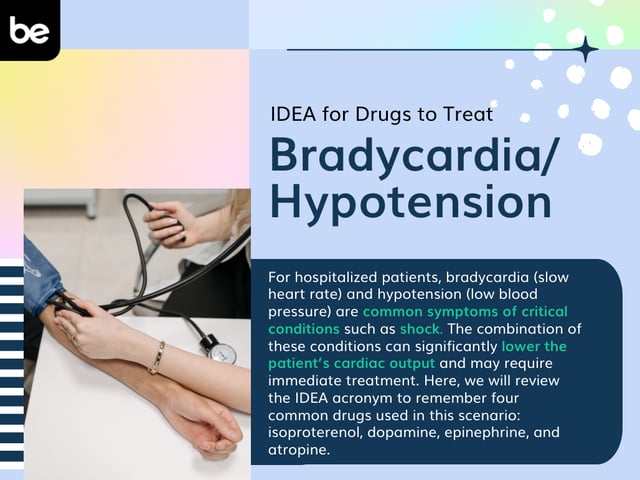
All About White Blood Cells
Blood is a vital part of human function. It provides oxygen, nutrients and protection to the body’s cells. There are four primary components of blood: red blood cells, white blood cells, platelets, and plasma. In this article, we will focus on white blood cells.
What are white blood cells?
White blood cells are known as leukocytes. The term leukocyte is derived from the Greek word leuk, meaning “white,” and cyt, meaning “cell.” Out of all the components of blood, leukocytes make up about 1 percent of the blood volume. When whole blood is spun down in a centrifuge, leukocytes settle in the buffy layer between the layers of red blood cells and plasma. This buffy layer signifies a large part of the body’s defense system. Leukocytes provide the body with protection by singling out and destroying the body’s infecting agents.
Are they all the same?
There are five different types of white blood cells: basophils, eosinophils, lymphocytes (T cells, B cells, and natural killer cells), monocytes, and neutrophils. Each cell has its own responsibility.
Basophils are small cells that identify and alert the body of invading, infectious agents. Basophils release histamine, a marker of allergic disease, that stimulates the contraction of smooth muscles and dilation of capillaries to produce an inflammatory response to help isolate infecting agents.
Eosinophils attack and kill parasites, destroy cancer cells, and help mediate the allergic response triggered by the basophils.
Lymphocytes have the responsibility of creating antibodies to defend against bacteria and viruses. There are three types of lymphocytes: T cells, B cells, and natural killer (NK) cells. T lymphocytes help to kill tumor cells and control immune response. B lymphocytes make antibodies to prevent future disease by the same infecting agents. Finally, NK cells focus on the identification and removal of certain tumor cells and virus-infected cells.
Monocytes have a long lifespan and continue the “clean-up” of the other white blood cells as they break down bacteria and remove the remnants from the bloodstream.
Neutrophils are the most common leukocyte in the body. Their role is to kill and digest harmful bacteria and fungi. Neutrophils are the first line of defense when infection invades the bloodstream.
What are normal counts?
In the lab, a normal leukocyte count is 4,500 to 11,000 white blood cells per microliter (μl). Levels that are higher or lower than the signified range can indicate infection and specific disease. Levels higher than 11,000 WBC/μl indicate increased production of leukocytes to fight infection. It can signify infection and/or immune system disorders. Some common diseases that can cause a high leukocyte count include acute and chronic lymphocytic leukemia (ALL, CLL), acute and chronic myelogenous leukemia (AML, CML), myelofibrosis, rheumatoid arthritis, tuberculosis, and whooping cough. Low leukocyte counts, below 4,500 WBC/μl, can be diagnostic for viral infections that disrupt the work of bone marrow, congenital conditions, autoimmune disorders, severe infections that destroy leukocytes faster than they have the ability to produce, and leukocyte destroying medications. Common conditions that cause a low leukocyte count include aplastic anemia, HIV/AIDS, lupus, leukemia, malnutrition, radiation therapy, and chemotherapy treatment.
White blood cells are one of the body’s largest defense mechanisms. Understanding the cells’ components and functions is essential to appreciating the work these white blood cells do every day.

Keep Reading

National Council Licensure Examination-Registered Nurse Blog
What to Expect in Nursing School Clinicals
The clinical experience is a rite of passage for all nursing students, …

National Council Licensure Examination-Registered Nurse Blog
What is the NCLEX Next Generation (NGN) Exam?
If you’re interested in becoming a registered nurse, you likely know th…

National Council Licensure Examination-Registered Nurse Blog
IDEA for Drugs to Treat Bradycardia/Hypotension
For hospitalized patients, bradycardia (slow heart rate) and hypotensio…